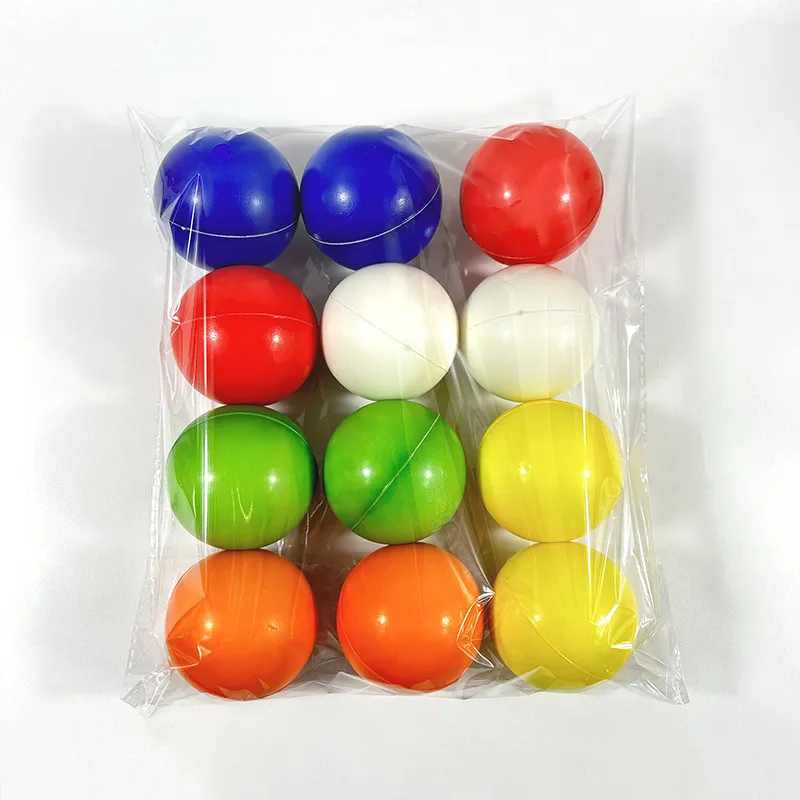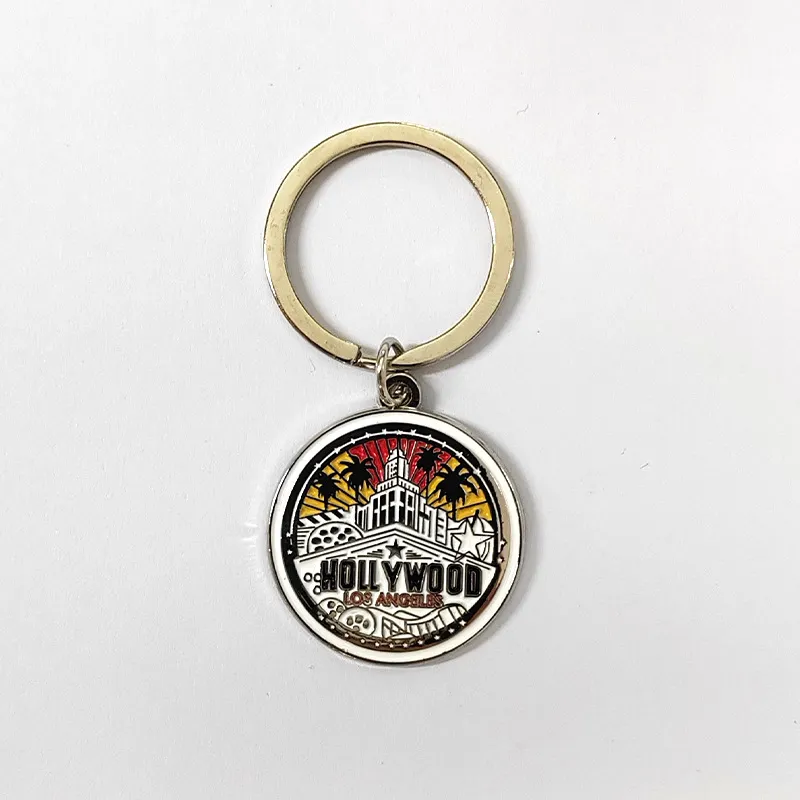Overall, high tensile hex head bolts are an essential component in many industries due to their strength, durability, ease of use, versatility, and resistance to corrosion. Whether you are building a new structure, repairing machinery, or performing maintenance tasks, these bolts provide the reliability and performance needed to ensure safety and efficiency.
...
2025-08-16 06:18
114


















